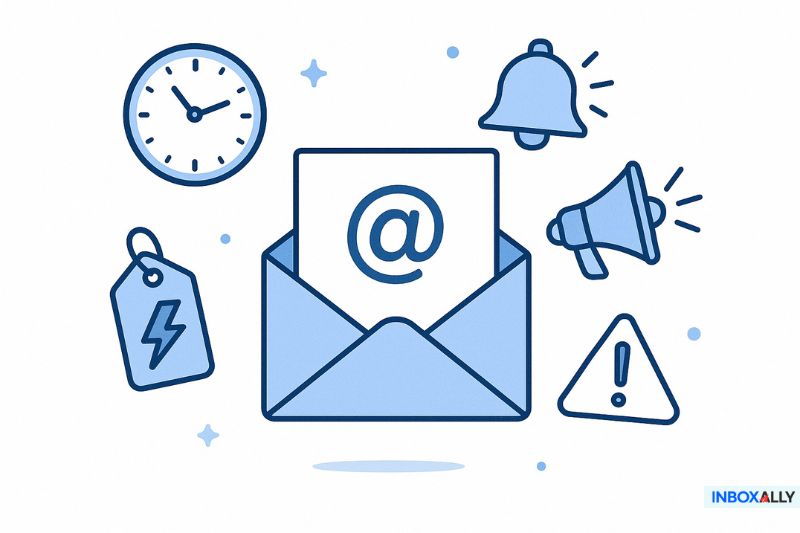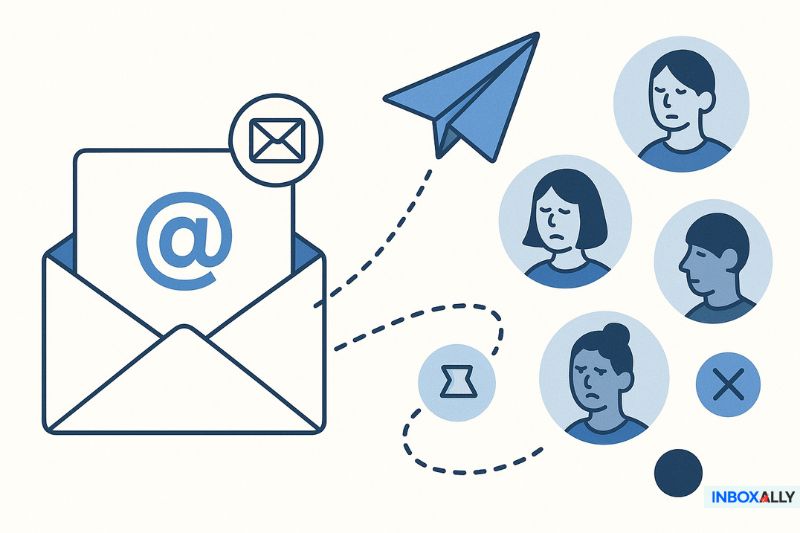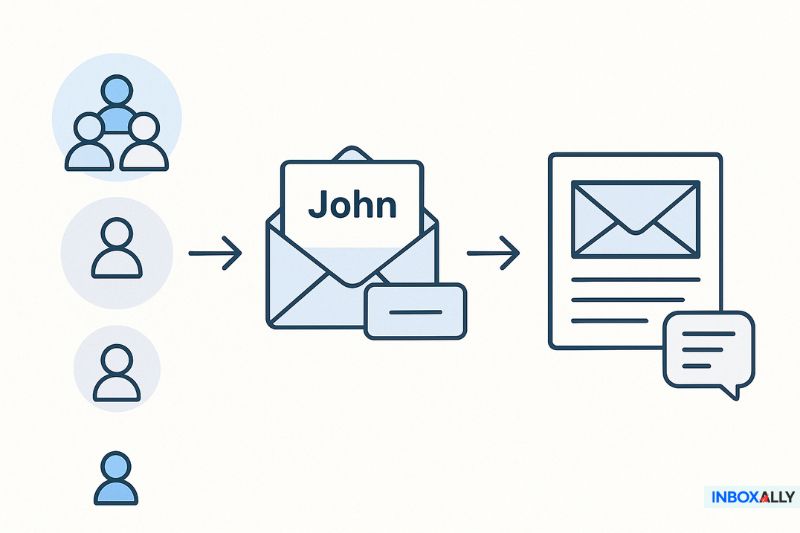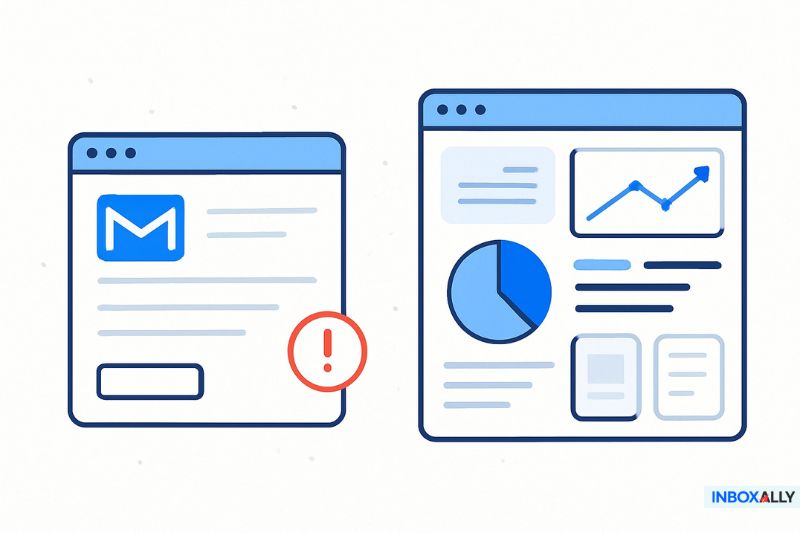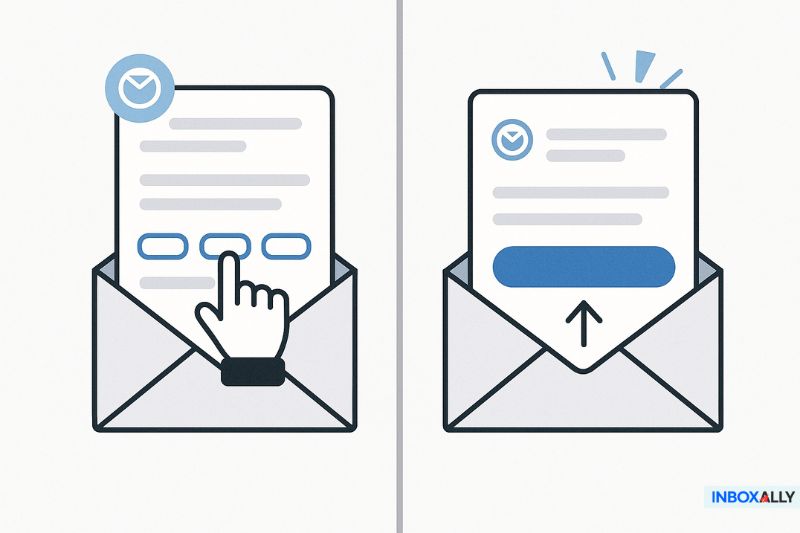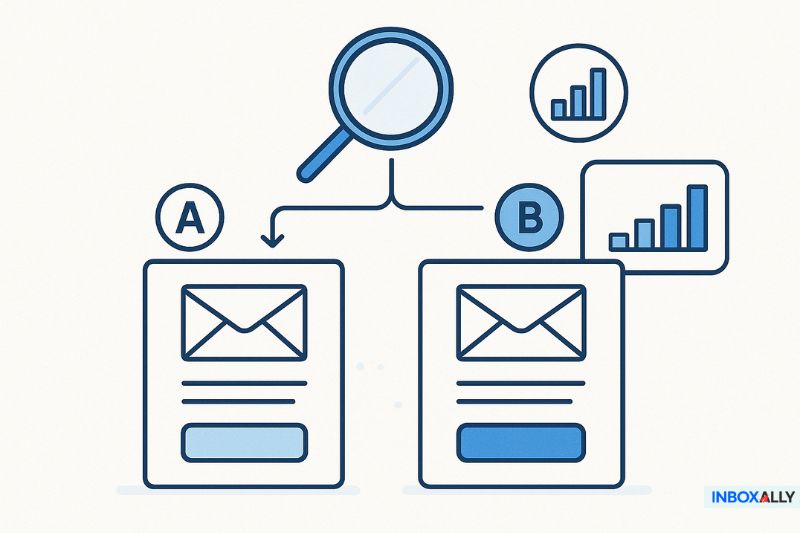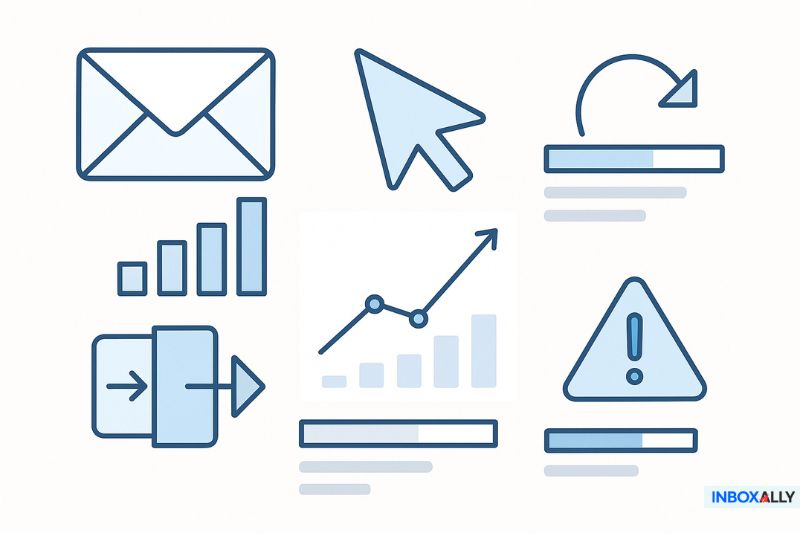Everyone hates the term “email blast.” It sounds lazy and almost like you’re just carpet-bombing your entire email list and hoping someone buys something.
But even with the bad rap, most marketers still send them. Some do it well. Most don’t.
The problem with these emails isn’t the format. It’s the execution. That’s why in this post, we’ll break down what email blasts are good for, where they go wrong, and how to send an email blast without driving your audience mad.
Let’s get into it.
So… what is an email blast?
![]()
An email blast is exactly what it sounds like: one message, sent to a lot of email recipients, all at once. No segmentation, no automation—just a big, broad send.
That’s it.
It’s a one-off broadcast, usually tied to something timely like a flash sale, product launch, or major announcement.
Where it differs from an email campaign is in intention. Email marketing campaigns are usually a series of messages, structured to guide people over time, like onboarding flows or multi-step promos. Blasts are singular, quick, and immediate.
And that’s not inherently bad, but it becomes a problem when marketers confuse “blast” with “email marketing strategy,” Because while the format is simple, the consequences aren’t. Done well, it’s a great way to get a message out. Done poorly, it’s barely distinguishable from spam.
When a blast isn’t a bad idea
People dislike email blast campaigns for a reason, but that doesn’t mean they’re useless. In fact, sometimes, they can be exactly what your audience needs. The trick is in timing it right and using it with purpose.
Some email messages really should go to everyone at once. Like when Netflix announced it was cracking down on password sharing. That wasn’t a moment for personalized messaging. It was a blunt update, and everyone needed to hear it at the same time.
Same goes for things like:
- Flash sales that end in 12 hours
- Product recalls or shipping issues
- Last-minute holiday delivery cutoffs
- An urgent change in terms of pricing
- A heads-up on a temporary service outage
These are messages where urgency matters more than nuance and where segmenting the audience would just slow things down.
So yes, there’s still a time and place for the classic one-message-many-recipients approach. Just make sure that when you do it, it’s because the message truly applies to everyone, and not just because it’s easier to send one email than five.
What makes email blasts less effective
Email blasts usually underperform because they’re irrelevant to most of the people who get them. When you send the same email to everyone, you’re assuming all your subscribers care about the same thing, at the same time, for the same reason. But people don’t work like that.
Segmentation can help, but not in a “build a 10-step flow with 42 tags” kind of way. It’s more of a mindset shift.
Think about it. You’ve probably got:
- Brand-new email subscribers who haven’t bought a thing yet.
- Ride-or-die paying customers who only shop when there’s a sale.
- People who opened your last email but didn’t click.
Should they all get the same message? Not really.
Even if the offer stays the same, how you talk to each group should change, if only a little. In a way, segmentation shows your audience that you’re being thoughtful and respectful.
You wouldn’t keep pitching 20% off a winter coat to someone who just bought one, right? But someone who clicked twice and didn’t buy? They’re probably still deciding. That’s your chance to nudge.
And none of this has to be complicated. Even for one-off email blast examples, create segments: two or three smart ones, and you can totally change the outcome. Tiny tweaks, big impact.
Bottom line: people pay attention when they feel like you’re paying attention, so give them that and you’ll earn their trust.
If open rates on your email blasts are getting worse and nothing’s working, it might be deliverability. Book a free InboxAlly demo and see how we can fix it with better user engagement.
How to send better email blasts
We know the phrase “email blast” makes most people brace themselves, but a good blast can still feel intentional, even personal, if you stop treating your audience like one big blob.
You’re sending mass emails, yes. But that doesn’t mean it has to feel like it.
Here’s how to make it better:
- Recognize purchase patterns: Did someone browse a category multiple times but never buy? Highlight those items. Has someone only ever bought baby clothes? Don’t blast them with your men’s jacket sale.
- Use dynamic content: Even simple tweaks like “Hi [First Name]” or swapping product images based on location go a long way. You don’t need full-blown personalization—just enough to avoid sounding robotic.
- Adjust tone for your audience: A B2B founder might want professional language. A DTC skincare customer might prefer warmth and a little charm. Know the vibe your brand and your audience live in.
- Use concise copy: Nobody opens a blast hoping for an essay. If your email takes 12 scrolls to find the point, they’re out. One idea, one goal. Make it quick.
- Build visual hierarchy: Make sure the CTA is seen first, not buried at the bottom. Use headers, whitespace, and button placement to guide the eye.
- Use a human sender name: “Mark from CoBrand” is far more readable than “marketing@corpblast.io.” It sets the tone before they even open it.
None of this is groundbreaking. If you’ve sent more than a handful of emails, you already know this stuff. A blast is still just an email, so treat it like one. Respect your audience, keep it clean, and don’t try too hard.
Email deliverability in blast campaigns
You can spend hours tweaking headlines, finessing layouts, picking just the right shade of blue for your CTA button, but if it never lands in someone’s inbox, none of it matters.
Getting seen starts with sender reputation. If providers don’t trust the IP or domain you’re sending from, your message might not make it. And if you’ve been sending to old, unengaged, or purchased lists, that trust is likely already gone.
Gmail, Yahoo, and other email service providers have tightened the rules for bulk senders. If you’re sending more than 5,000 messages a day, you’d want to respect them: proper headers, one-click unsubscribes, and no shady list tactics.
A “clean” list is a must. Old addresses, typos, and disengaged subscribers do more damage than you think. As engagement drops, so does deliverability.
If you want to tilt the odds in your favor, book a free demo with InboxAlly. By improving engagement signals (opens, clicks, replies), InboxAlly helps support better inbox placement, without you having to guess what’s going wrong.
Gmail is not your email marketing tool.
Gmail isn’t built for email marketing. Not even a little bit.
If you’re still sending bulk emails from a @gmail.com address, you’re playing with fire. You’ll quickly run into daily limits (500 if you’re on a free plan, 1,500 with Workspace), and you’ll have zero insight into what’s working.
It also looks unprofessional. Nothing says “this isn’t a real business” like a mass promo email coming from johnnydeals2022@gmail.com.
Even if you’re a small business, use a reliable email service provider and actual email marketing software. Something with an email template, metrics, and built-in tools to help your messages avoid spam filters. You don’t have to spend a lot on an email marketing service, but you do have to take it seriously.
Your blast’s worst enemy: no clear CTA
Most people don’t read emails. They scan them, and if your call to action isn’t instantly obvious, your marketing message might as well not exist.
Weak CTAs are everywhere:
- “Learn more” (about what?)
- “Click here” (why?)
- “Check it out” (check what out?)
Now compare that to:
- “Use your $10 discount code before midnight.”
- “Claim your free trial now.”
- “Book your spot—only three left.”
See the difference? Specific CTAs feel like an opportunity people don’t want to pass up.
And where you place that button is very important. Don’t hide your CTA below a wall of text. If it’s a quick promo or time-sensitive blast, the action should be visible without scrolling. Above the fold is still prime real estate.
The clearer your CTA, the better your conversion rate. People don’t want to look for things they don’t even know they need. If they open your email and can’t tell what to do in three seconds, you’ve already lost them.
So before you send your next blast, ask yourself: if I skimmed this in five seconds, would I know what’s being offered, and how to act on it?
How to test without getting paralyzed by testing
Too many marketers get stuck tweaking the wrong things: font size, button colour, whether to add a period in the email subject lines. That’s more busywork than testing.
Start with one variable like the subject line or the CTA. That’s it. If you test everything at once, you’ll never know what made your next campaign perform better.
Also, skip testing on throwaway emails. If it’s a quick reminder or a transactional alert, save your experiments for something that matters—a product launch, a big promo, a re-engagement push.
And don’t just look at the winner and call it done. A/B testing is most useful when it informs your future campaigns. If a short subject line outperforms a longer one this time, try using that insight across your next five targeted emails and see if it holds.
Which metrics are important (and what they say about you)
Most email platforms throw a dozen metrics at you because it looks fancy, but in reality, you only need a few of them to make sense of how your campaigns are performing:
- Open rate: This shows whether your subject line worked and if your sender name built enough trust to get the click. If you have a low open rate, you’re either irrelevant or invisible.
- Click-through rate (CTR): This tells you if your content did its job. They opened the email, but did they care enough to do something? Low CTR usually means the call to action was buried, boring, or missing altogether.
- Bounce rate: This shows how clean (or messy) your list is. A high bounce rate means you’re sending to outdated or invalid addresses, and that hurts your deliverability.
- Unsubscribe rate: Not always a bad thing, but spikes can tell you something. If people keep leaving, you’re either sending too often, offering no valuable content, or they’re not your target audience.
- Spam complaints: This one’s serious. People marking your emails as spam crushes your sender reputation and guarantees your way into the spam folder. Enough of those, and even your best emails won’t make it past the filter.
None of these numbers mean much on their own, but together, they tell you one thing: do people trust you enough to keep reading? If not, it’s time to adjust.
A final check before you send
Right before you launch that blast or opt for an email blast service, stop and run through this quick sanity check:
- Would you open it? Or would it get lost in your own inbox?
- Would you care? Is there something in it for the reader?
- Is it useful, clear, and timely? Or are you sending just for the sake of sending something?
- Is the design doing its job? Can someone glance and know what to do next, or do they have to squint to find the point?
- Would this annoy someone who’s already bought? Think before you re-target.
If you hesitated on even one of those, stop and rethink the angle. And before you blast another message, run it through our free email tester to check inbox placement, sender reputation, and technical issues you might be missing.
Wrap-up
Email blasts aren’t dead. But lazy ones should be.
If your message is relevant, your list is clean, and your call to action means something, a successful email blast is still on the table.
Stop treating it like throwing paint at a wall and start thinking of it as a focused broadcast email, built to reach the right people at the right time.
Because when you send with intent, you’re giving people a reason to care. And that’s the whole point of your email marketing efforts, isn’t it?
